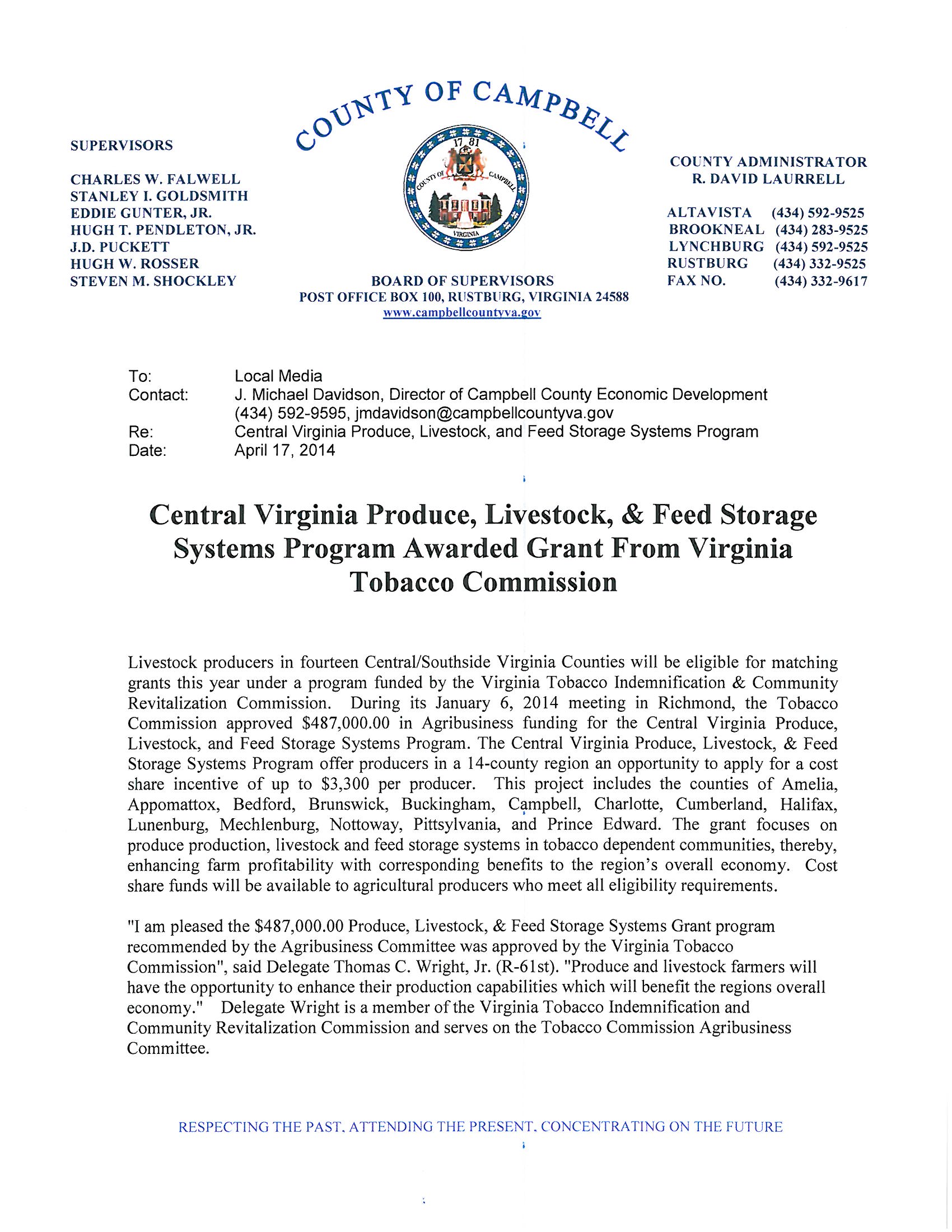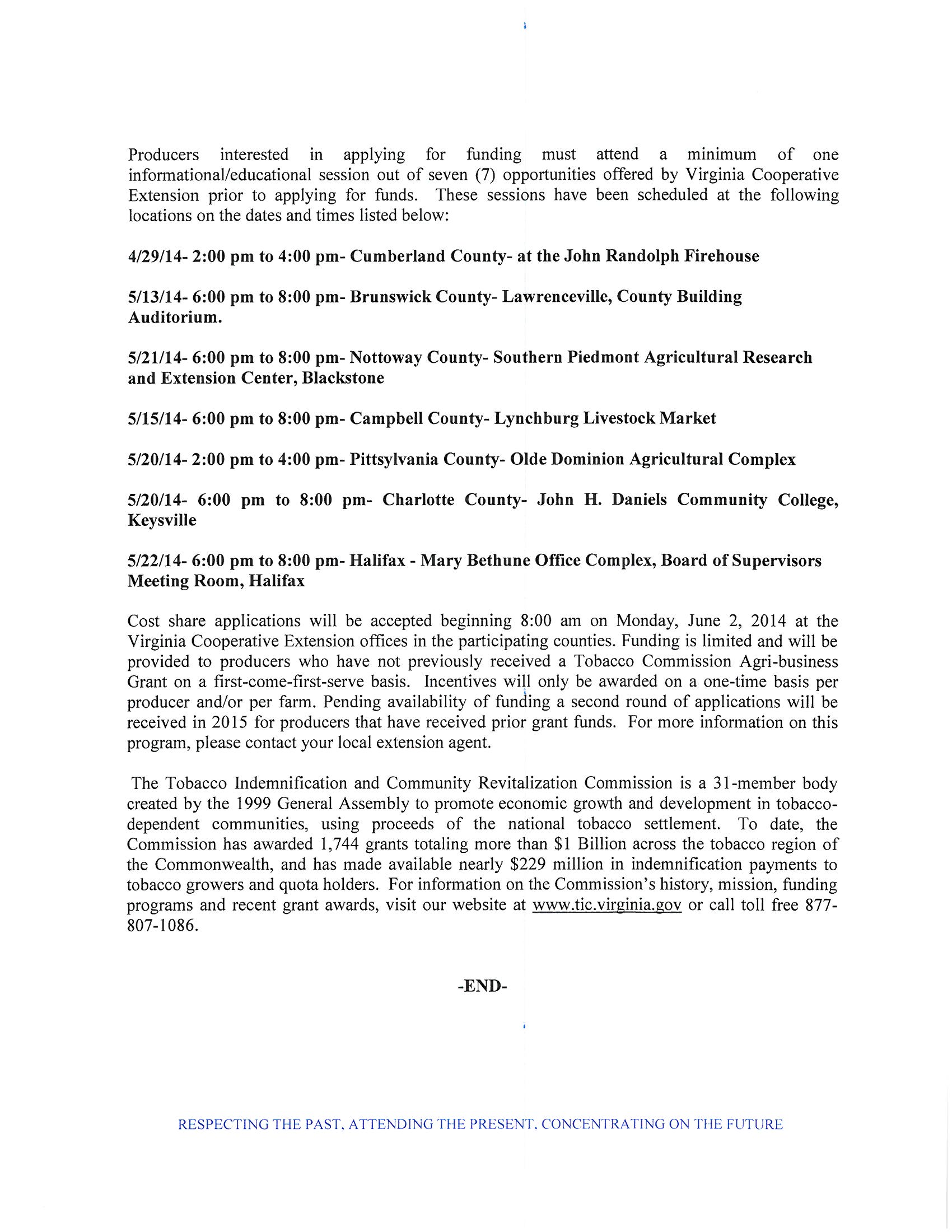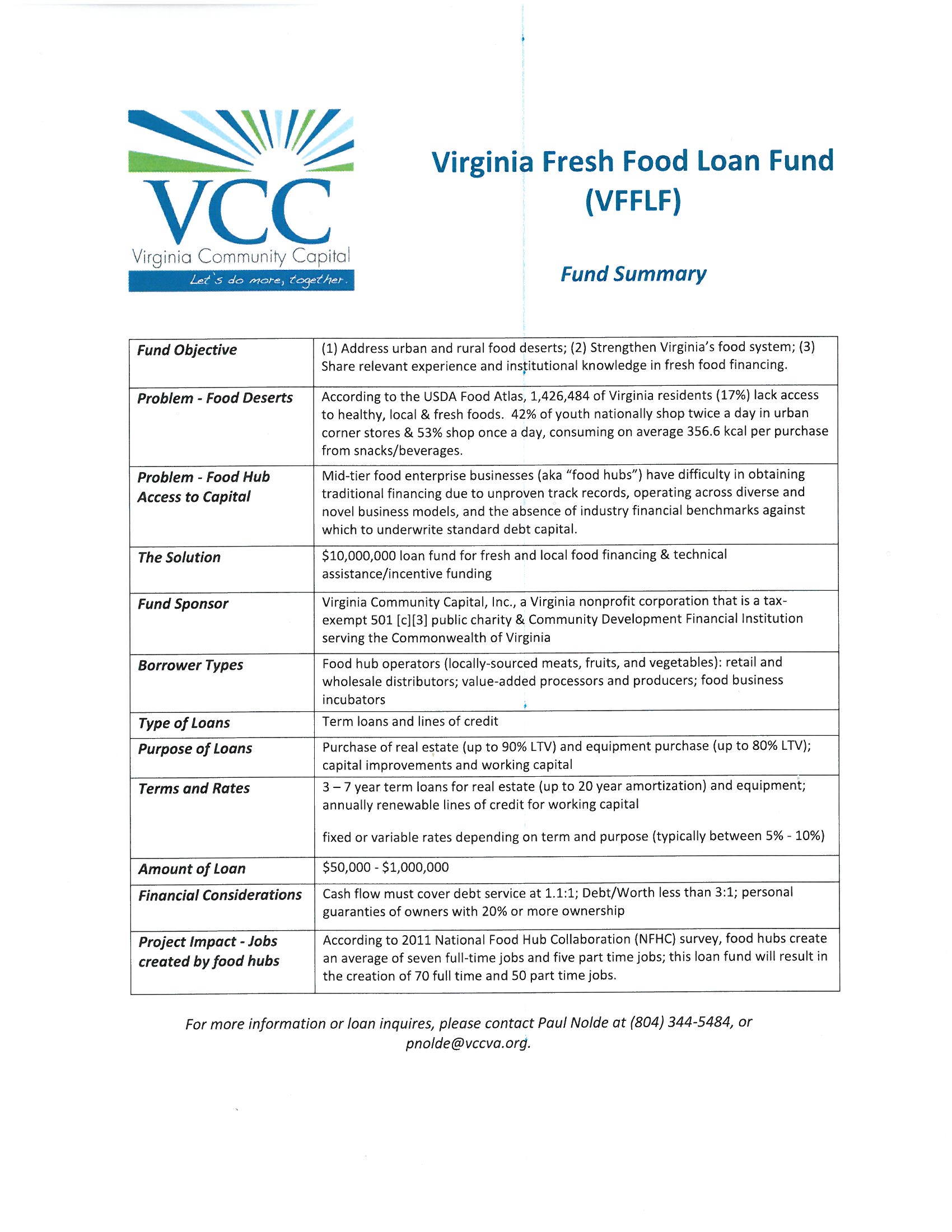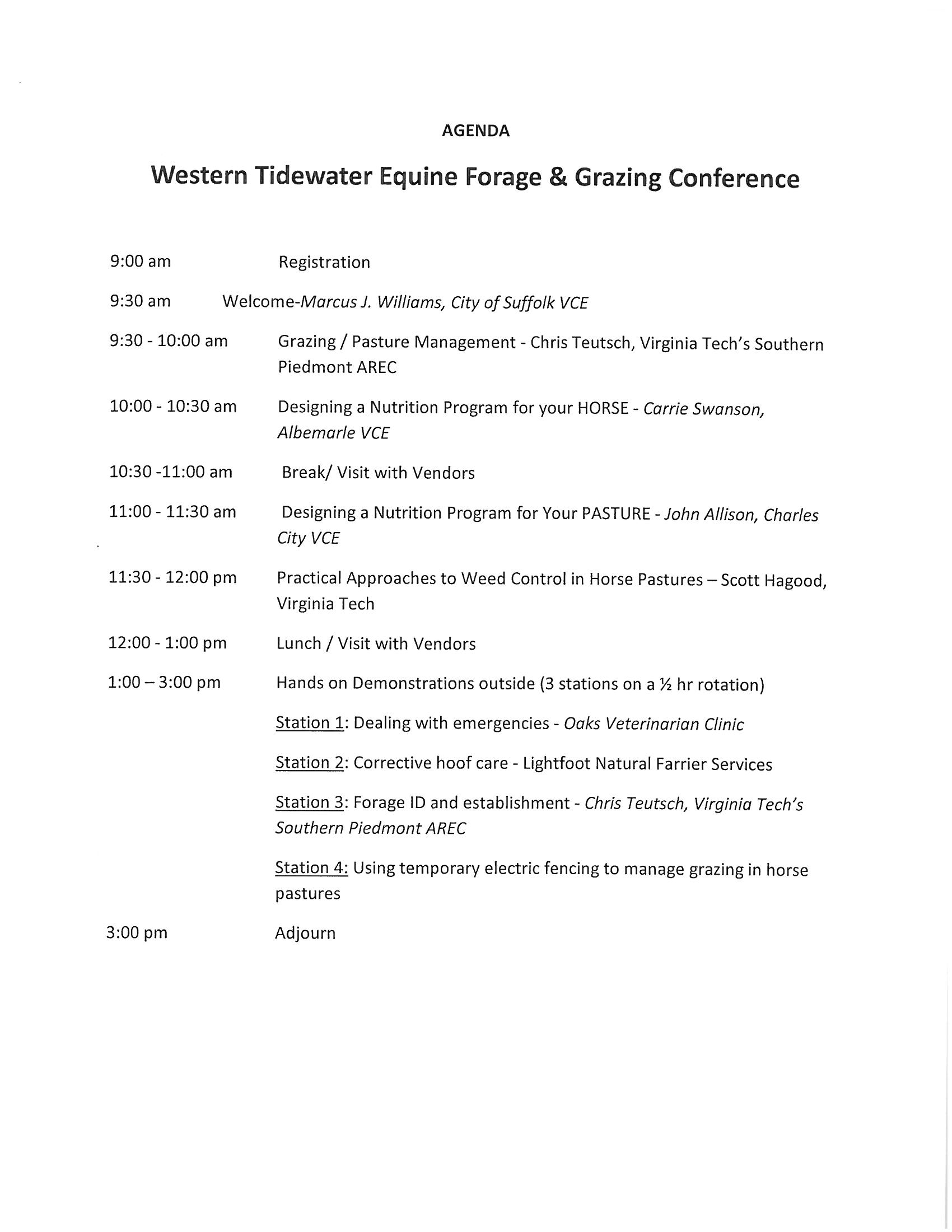In case you were wondering what we’ve been up to regarding the kudzu bug invasion…here’s the latest.
Monitoring Kudzu Bug Emergence and Overwintering


In mid-March 2014, over 50 Virginia Cooperative Extension Agents and Virginia Tech Faculty and Staff began monitoring a 51-county network of sticky traps to determine overwintering emergence of kudzu bug in Virginia. Trap operators were instructed to position the traps in any open area (e.g., open fields or lawns in urban or rural settings). The trap consisted of 4-inch diameter PVC pipe, 18-inch long, with an end cap on top, suspended approximately 6 inches above the ground using a support stake (Fig. 1). A 12-inch band of sticky paper (Stable Fly Sticky Sleeve, Great Lakes IPM) was fitted all the way around the PVC pipe. Trap operators were instructed to check the trap two or three times per week for presence of kudzu bugs and to change sticky paper weekly. Data, including zeros, are being recorded until the date of first capture of kudzu bugs for each county. Visual reports of kudzu bugs by the trap operators are also accepted for first capture data. To date, 14 trap operators in 13 counties have detected kudzu bugs (Fig. 2). Most reports have come from southeast Virginia. Some traps have caught one or two insects, while others have trapped many (Fig. 1). Although it is premature to make any comments about ‘trends’, traps that are located adjacent to areas (kudzu patches, last year’s soybean fields) where kudzu bug numbesr were high last year are the traps that have caught insects. Also, generally, traps are catching insects on the warmest days.

Kudzu bug pdf version
For more information on Kudzu Bugs and their impact on Virginia Agriculture, check out the links below:











